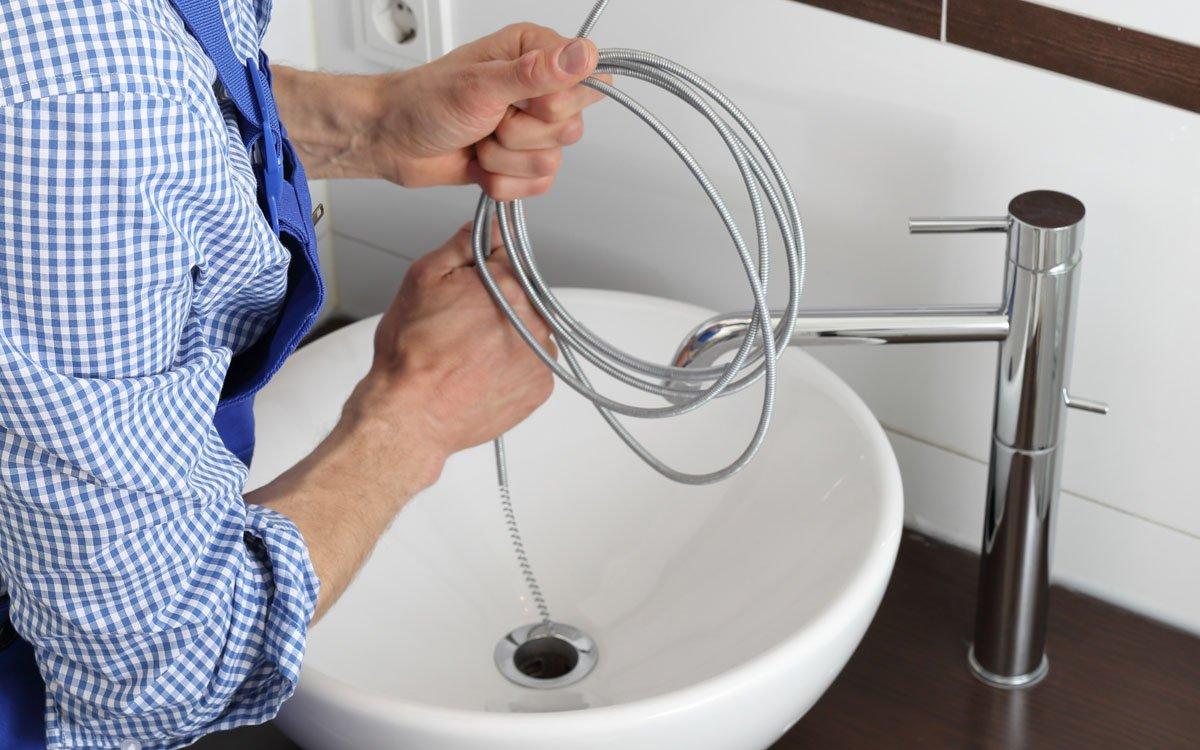How To Eliminate Household Germs
Here are a few tips on how to clean and get rid of germs in your kitchen, bathroom, and living room in your home before they make you sick.
By: Sylvia Slezak | Dec 2019
 Woman wiping off kitchen counter
photo by csp_AndreyPopov
Woman wiping off kitchen counter
photo by csp_AndreyPopov
Would you say that the germiest place in your home is the bathroom? Nope. The germiest place in your home is your kitchen. Doorknobs, faucet handles, and staircase railings can harbor large populations of germs. Based on a study conducted by NSF International, a global-health organization originally called the National Sanitary Foundation, we are going to examine to find out where the germs are coming from and how to keep them to a minimum, especially during flu season.
The Kitchen
According to the NSF, the ever-aromatic kitchen plays host to more bacteria than any other room in the home.
Sink - Kitchen sinks are worse than dog bowls when it comes to incubating germs. To combat the buildup, spray the sink regularly with distilled white vinegar and let it sit for ten minutes. Monthly, the drains should be sanitized with a solution of one teaspoon of household bleach and one quart of water. Remember the faucet handles and dish sponge. They can contain salmonella or other bacteria from raw meat, vegetables and lettuce. As long as the wet sponge doesn’t contain metal, the EPA recommends microwaving it for two minutes or placing it in the dishwasher every day.
Coffee maker - Because of moisture and warm temperatures, a coffee maker offers ideal conditions for germs, mold and mildew to grow. Pour straight distilled white vinegar into the water reservoir and let it sit for half a day to keep it clean. To flush out the vinegar, run it through the coffee maker and run two more pots of water through the system to flush out the vinegar.
Counters and knobs - After each food preparation, wash countertops with hot, soapy water, then rinse with clean water and apply a bleach/water solution or a sanitizing agent. The same goes for stove knobs—one of the top ten places for germs to hide. Remove the knobs once a week, wash and rinse well, then let them dry before putting them back on.
The Bathroom
Toothbrush holder - These cute-looking holders may look innocent enough, but they can play host to more germs than your toilet seat. What is the solution then? Choose a holder that’s dishwasher safe for easy and regular cleaning. The Centers for Disease Control (CDC) recommends rinsing your toothbrush thoroughly after every use, storing it upright, and replacing it every three to four months.
Toilet - You’ll have to work to keep it clean—and often, because, unfortunately, there is no way to kill all the bacteria in your toilet. Use a pumice stone for the toilet-bowl ring, and for the bowl, empty it by shutting off the water and flushing. Then use a simple cleaner and a good toilet brush.
Bathtub - Spray the shower daily with ten drops of tea-tree oil in sixteen ounces of witch hazel to keep germs to a minimum. First, wipe the entire shower/tub area with a squeegee or a microfiber cloth, then spray it with this solution.
The Bedroom
Bedding - Sheets are easy. Simply wash them weekly in hot water and dry on high heat. Put quilts and blankets in the dryer on high heat. If the dryer heat is high enough, you don’t even have to put them through the washer. Thirty minutes in the dryer along with a damp towel will knock out dander and dust, and the heat will kill bacteria. Use the same treatment for pillows.
The Living Room
Remote Controls - According to the CDC, germs can hide in your TV remotes or game controllers. Disinfect these devices with a cotton swab and hydrogen peroxide. A great way to protect the spreading of germs when someone is sick is to put the remote in a sealed bag and have them use the controls through the bag. That way it’s easy to wipe after it’s used.
Furniture - Use a microfiber cloth when wiping leather furniture to pick up dust and germs without needing any disinfectants. Some suggest spraying fabric furniture and rugs with vodka to kill the bacteria and eliminate odors.
Carpets - Area rugs, welcome mats, and wall-to-wall carpeting can trigger allergies and asthma since they tend to collect hard-to-remove dust, dirt, and germs. According to the EPA, small area rugs are safer than wall-to-wall carpeting because you can launder or dry-clean them. If you have wall-to-wall carpeting, have it steam-cleaned seasonally to keep it fresh year-round.
A clean home is a happy and safe home. Whether you rent or own, visit CityOf.com to find ways to maintain a healthy home.









